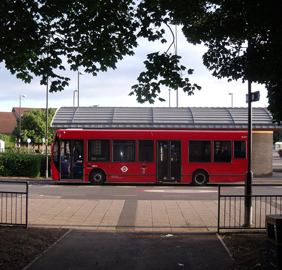The Department for Transport (DfT) has brought out a new, third edition of its guidance on bus and coach security. It begins with organisational security culture, before going on to the handling of threats and incidents, whether knives, firearms, or chemicals; then security of vehicles, bus and coach stations, termini and interchanges; lockers at stations, and depots and maintenance facilities. Also covered are what to do in terms of security at times of ‘increased threat’, and evaluating unattended items according to the HOT protocol – that is, the three key questions when an item is discovered in a public space without an apparent owner:
• Hidden – Has the item been placed where it will not be seen easily or noticed as unusual?
• Obviously suspicious – Is its physical appearance odd? Has it been located in an unusual place? Are the circumstances of its discovery suspicious or unusual? and
• Typical – Is the item typical of what bus and coach operators would normally expect to find in the given location?
When cleaners undertake their operational duties, they should be able to identify suspicious items using the HOT protocol.
For the full 61-page document visit the DfT website. It replaces the second edition of July 2012.
The DfT has also a Bus and Coach Security DVD which highlights basic security measures that bus and coach operators can put in place. It is intended as a training aid that can be used to complement the Bus and Coach Recommended Best Practice Guidance or be shown independently to relevant personnel to raise awareness.
As for ‘security culture, the official CPNI (Centre for the Protection of National Infrastructure) and NaCTSO (National Counter Terrorism Security Office) have produced guidance on building an organisational security culture and personnel security measures. Staff (such as drivers, cleaners, and security staff) should, as a minimum, be briefed on security at regular intervals and receive appropriate training to ensure they are aware of any current issues relevant to them, their security responsibilities, and how to respond to an attack appropriately.
A security culture is about more than facilities and procedures – it is also about creating an open, trusted environment that is focused and proactive about reducing risk for everyone’s benefit. Equally important is the manner in which a business reinforces its words through its actions. For instance, if staff are required to keep paperwork securely locked away but they are not provided with sufficient storage areas or faulty locks are not repaired, they may question the management’s commitment to security.










